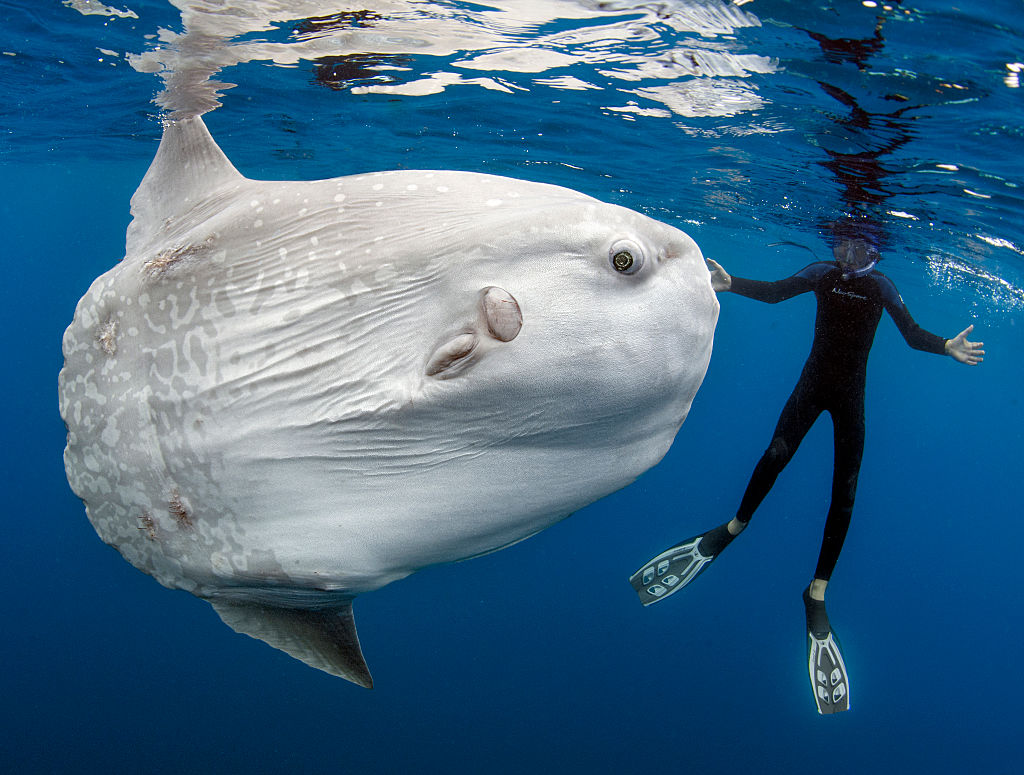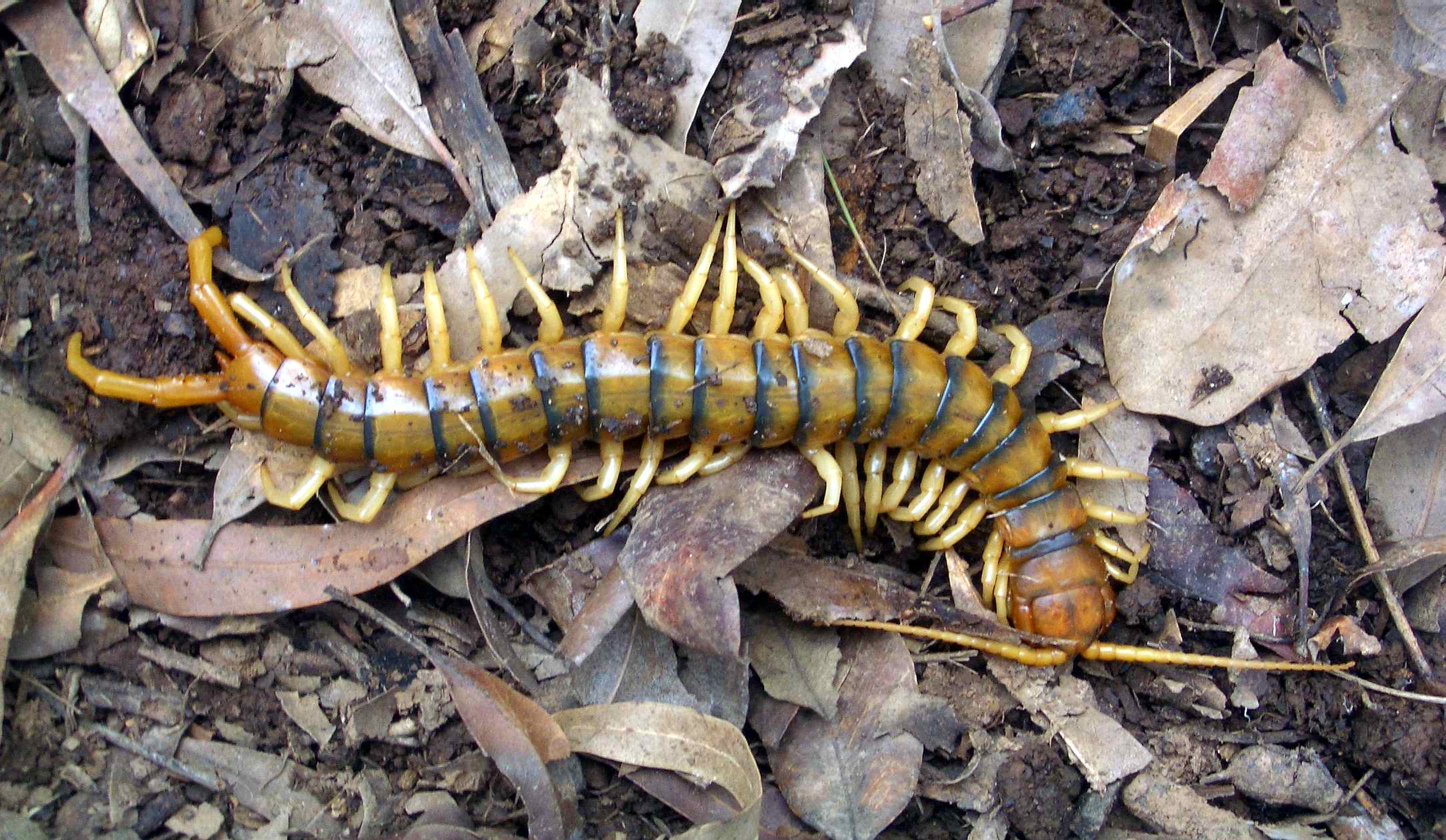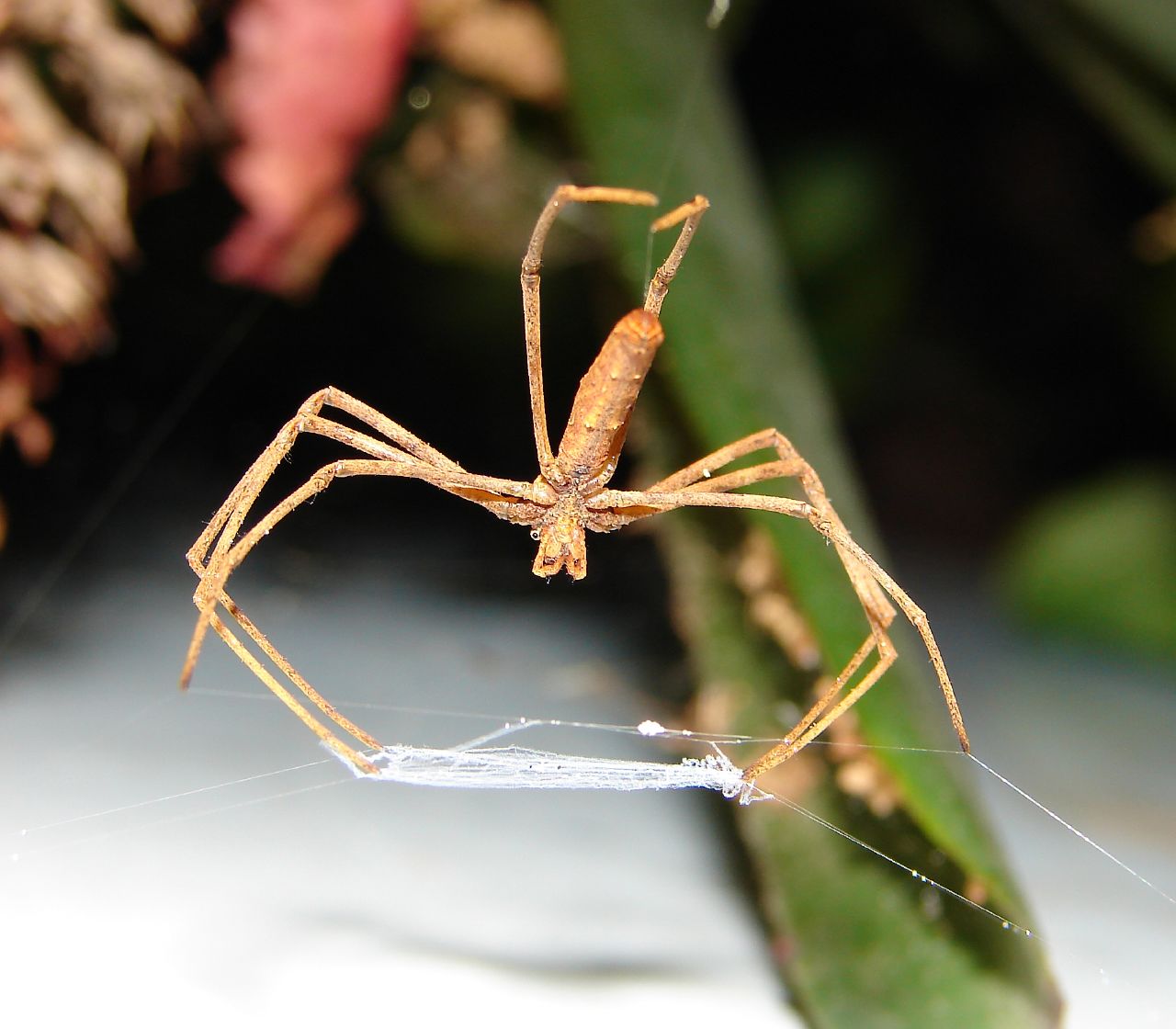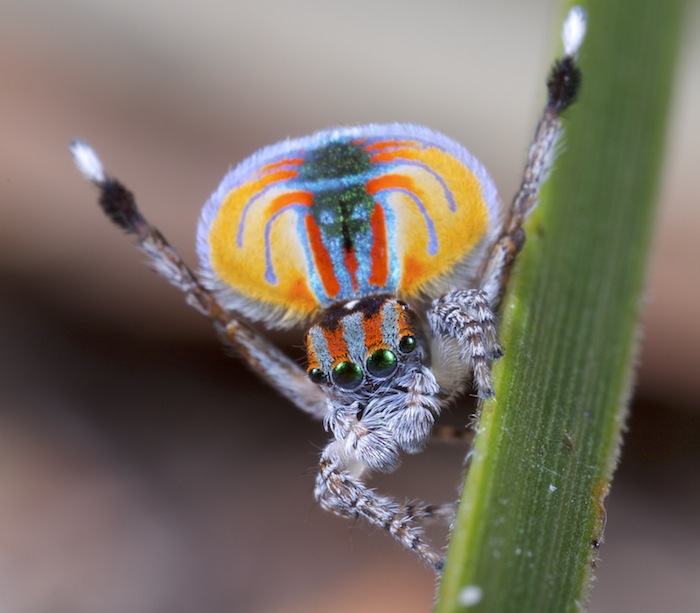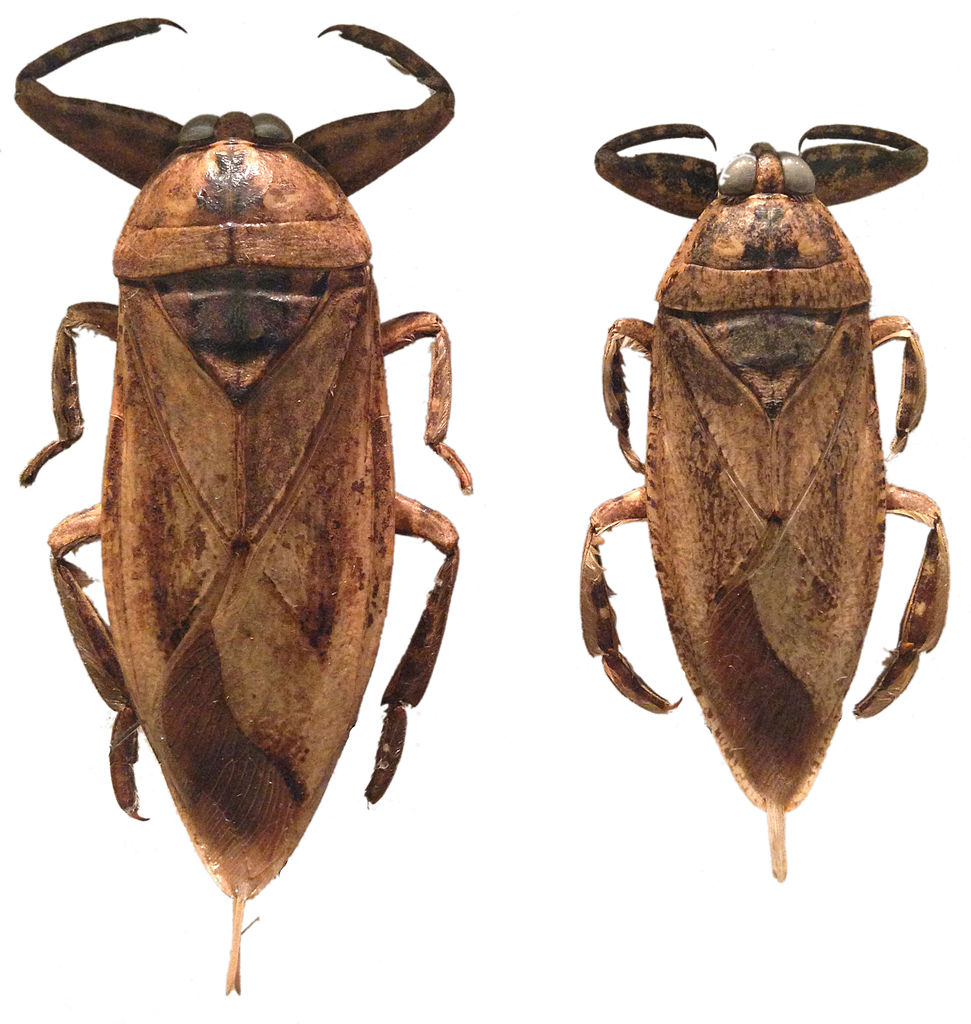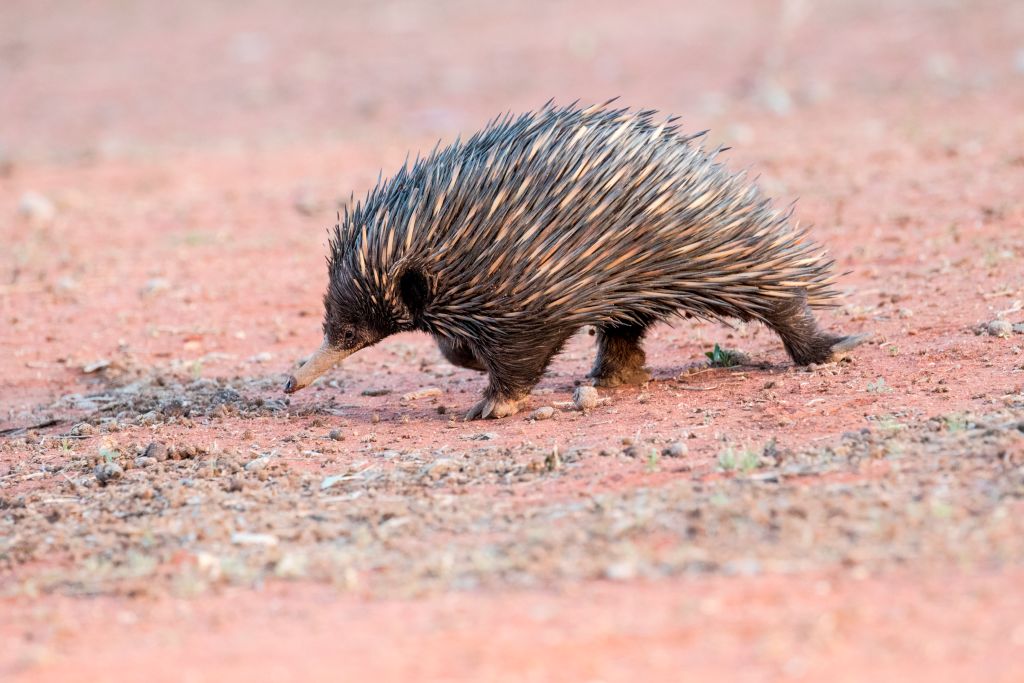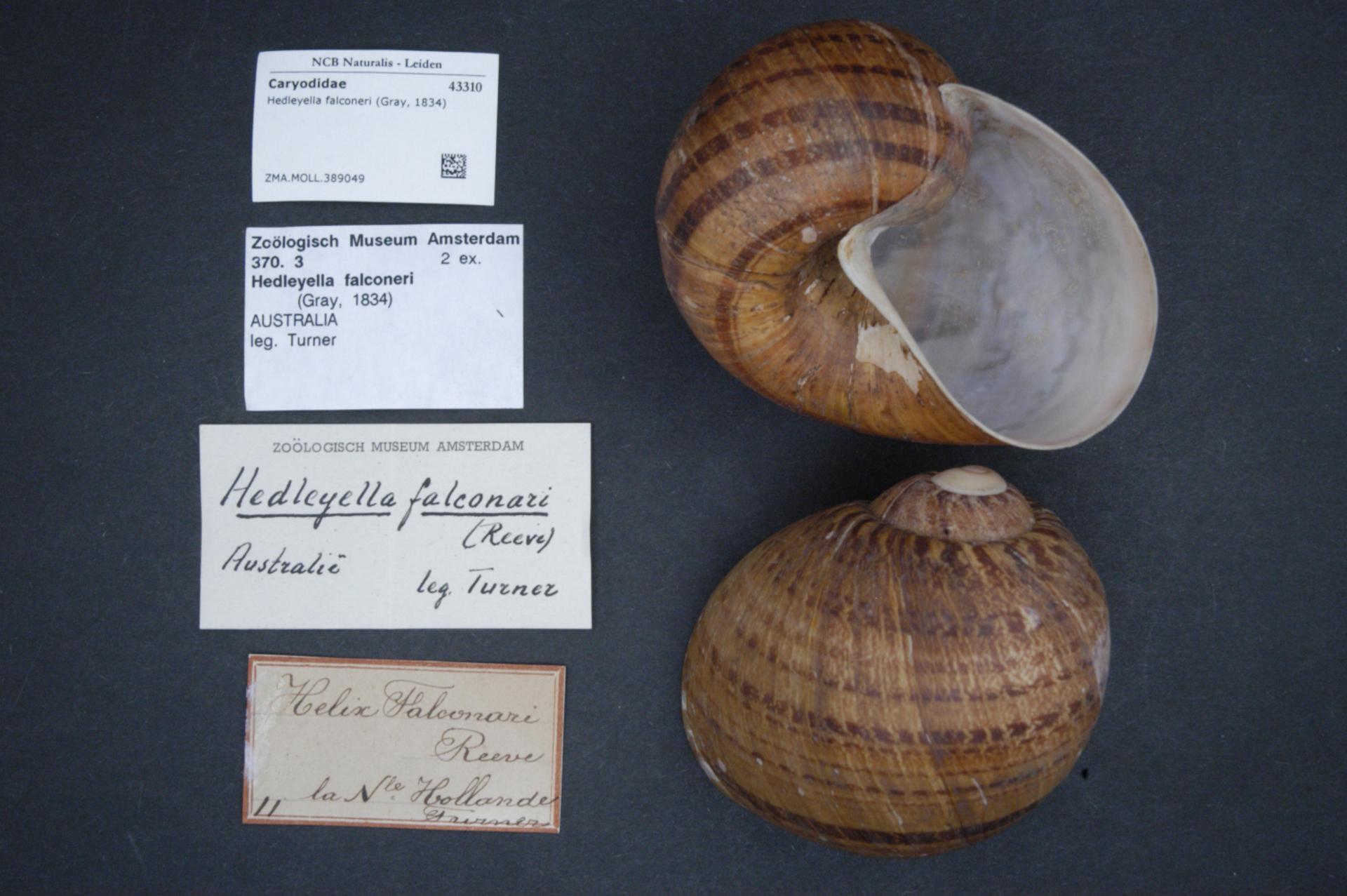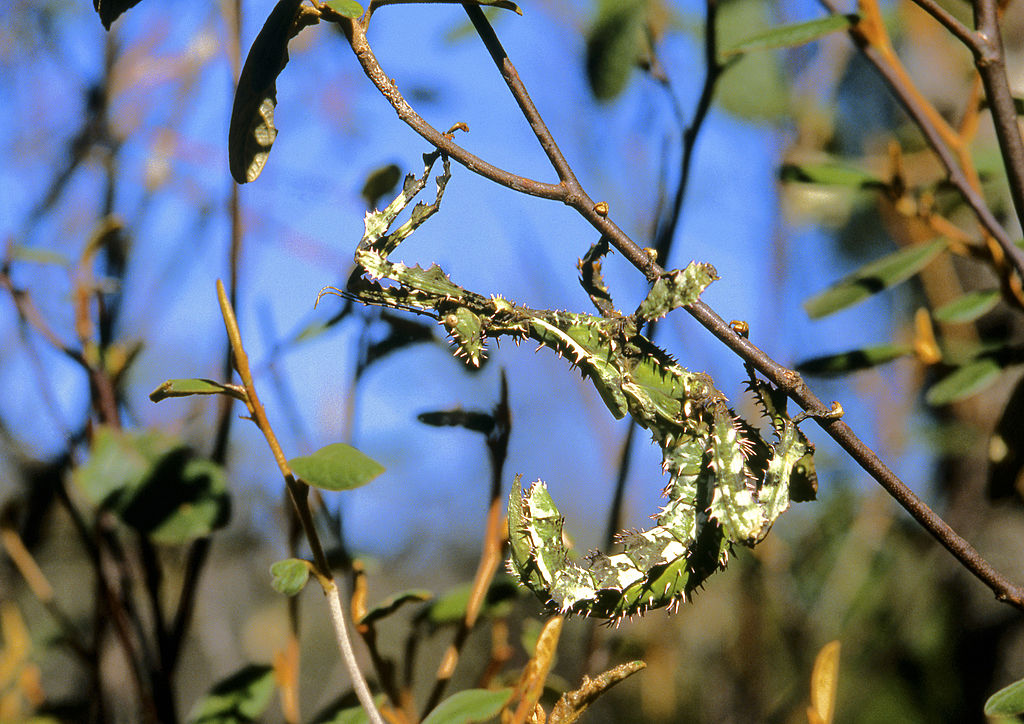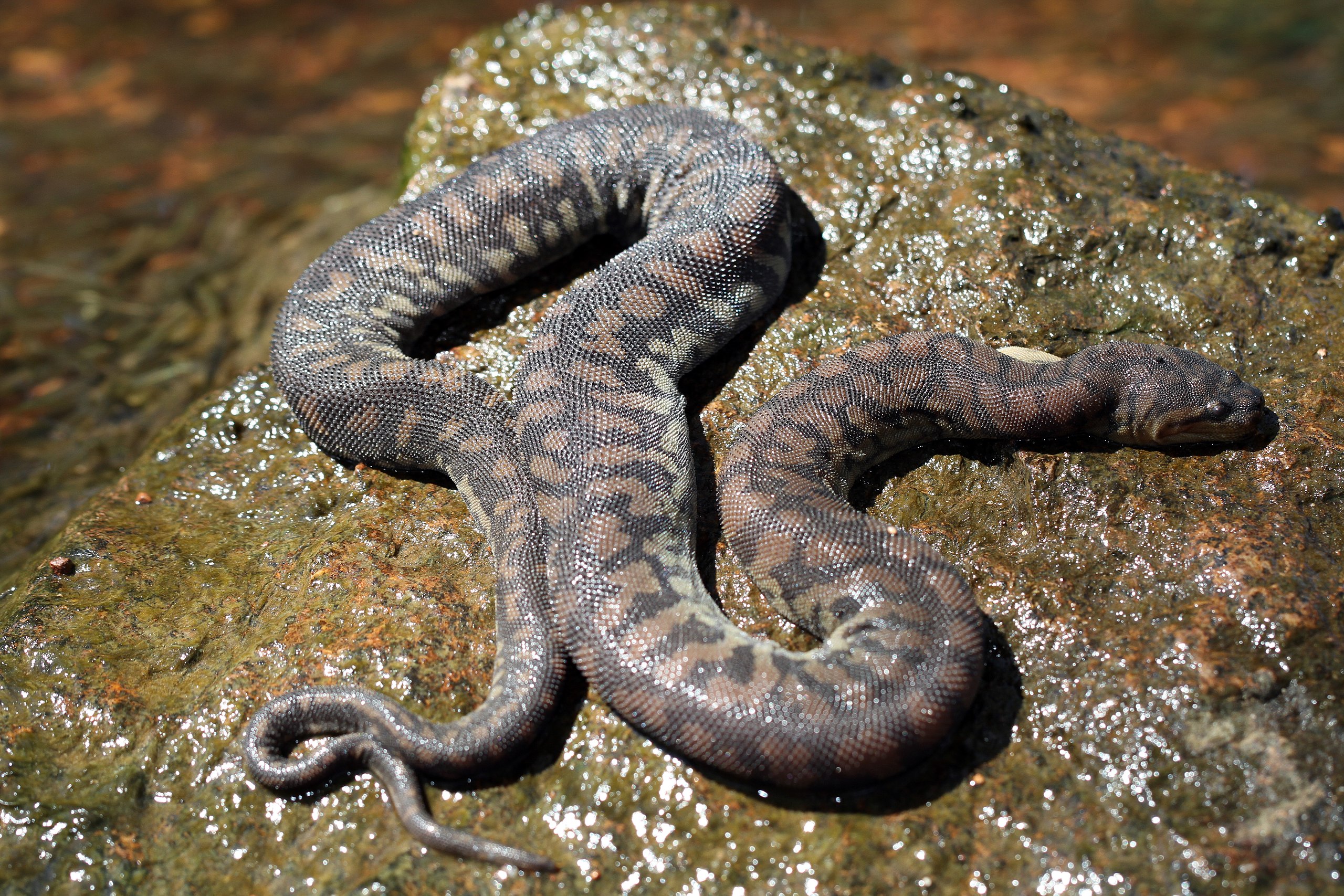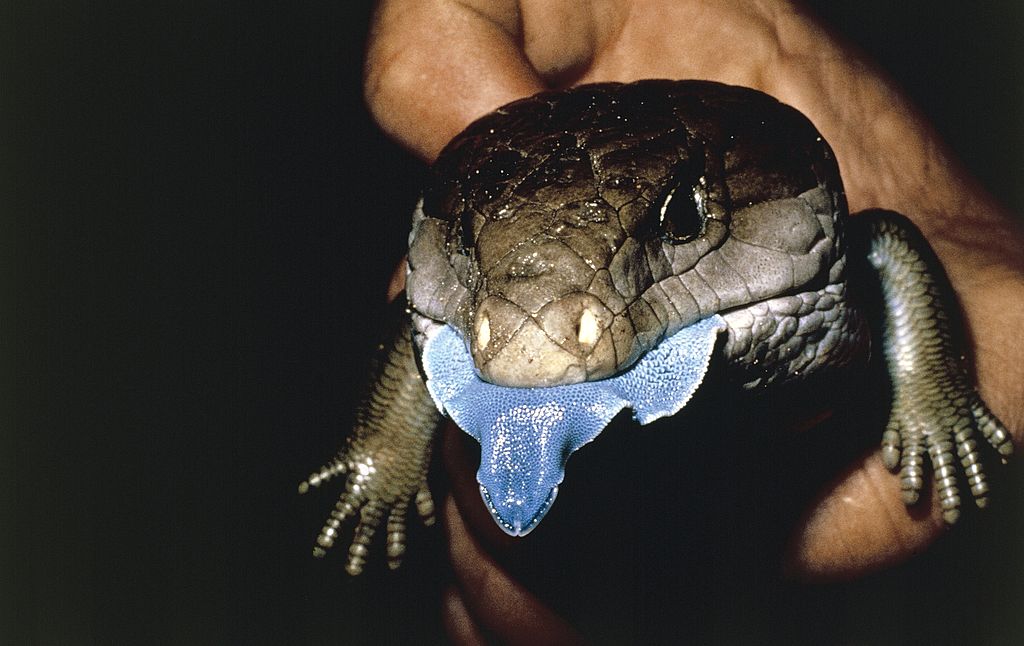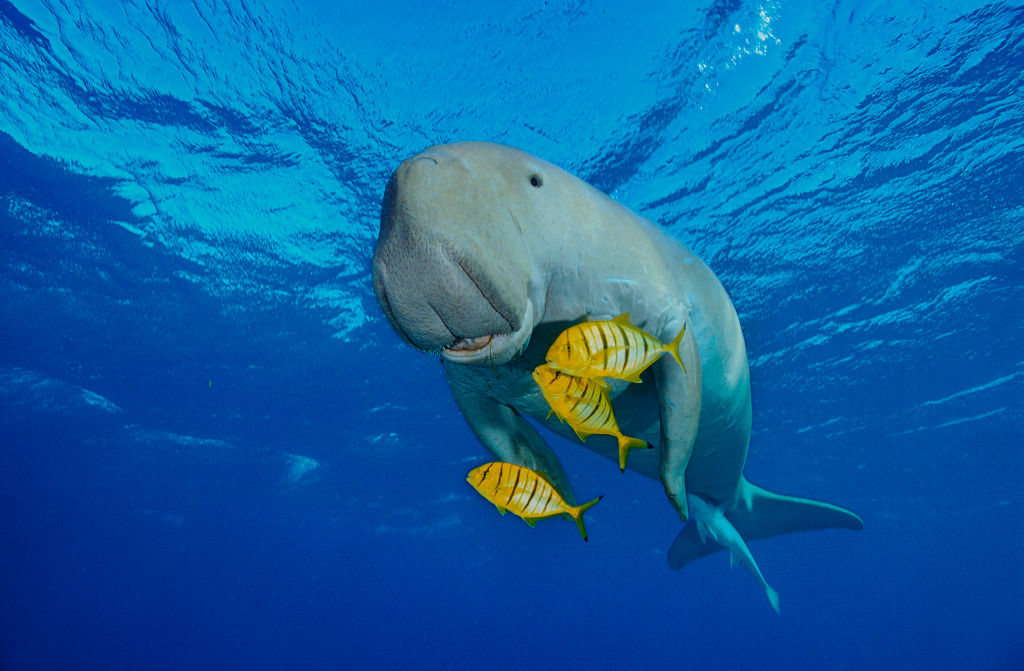Egg-laying mammals and peacock spiders: Meet some of Australia's weirdest creatures
Some of the world’s strangest species can be found down under, from dolphin-tailed sea cows to mysterious marsupial moles.
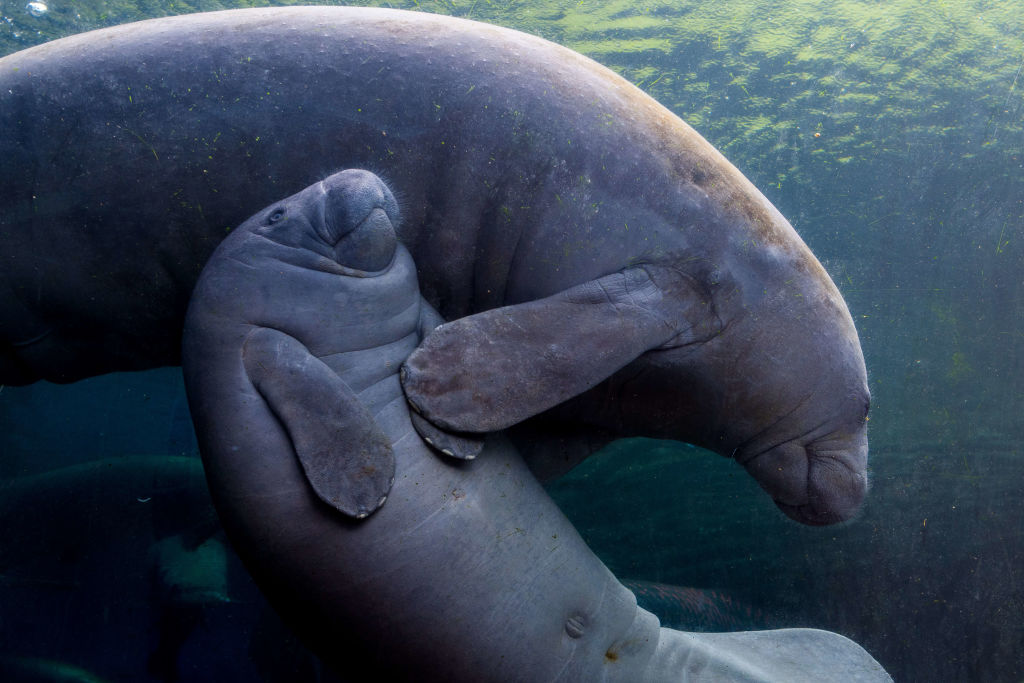

This article is brought to you by How It Works.
How It Works is the action-packed magazine that's bursting with exciting information about the latest advances in science and technology, featuring everything you need to know about how the world around you — and the universe — works.
Australia is famed for its weird and wonderful animals. From the alien blue-ringed octopus, which carries enough venom to kill 26 adult humans within minutes, to the duck-billed platypus with its patchwork anatomy, Australia is packed with species that, to the rest of the world, don't make a lot of sense.
This is because these strange species often aren't found anywhere else on Earth. About 87% of Australia's mammals, 93% of its reptiles and 45% of its bird species can be found only in Australia, according to the Australian Wildlife Conservancy.
During Earth's geographical evolution, the smallest of the seven continents, modern-day Australia, broke away from a supercontinent called Gondwana that dominated the world's landscape hundreds of millions of years ago. This meant that the species living in Australia didn't evolve in quite the same way as animals elsewhere on Earth, with the exception of migrating species that could fly or swim beyond the shores of Australia. This has resulted in some of the most fascinating, frightening and downright odd animals to ever walk the planet.
Ocean sunfish (Mola mola)
Although not endemic to Australia, these strange creatures can be seen swimming around the southern shores of the continent. Sunfish are the heaviest-known bony fish on Earth, with one species, Mola alexandrini, reaching a whopping 5,000 pounds (2,300 kilograms).
What's most notable about these fish are their incredibly large dorsal and anal fins, making them over 13 feet (4 meters) tall. These ocean giants deep-dive into very cold waters to feed on zooplankton and avoid predators. To warm themselves back up, they move close to the surface to bask in the sun's heat, according to the Smithsonian magazine.
Giant centipede (Ethmostigmus rubripes)
Over 6 inches (16 centimeters) long and made up of 27 body segments supporting up to 23 pairs of legs, Australia's giant centipede is one of the biggest in the world. To sustain their body size, these arthropods feed on insects, snails and worms.
To capture and kill their prey, the centipedes have modified legs called forcipules that curve around the head and can deliver a potent venom, according to Australian Geographic. The venom is strong enough to kill a large animal quickly, and can cause severe pain to humans if the arthropod is disturbed or handled, according to the Australian Museum.
Get the world’s most fascinating discoveries delivered straight to your inbox.
Net-casting spider (Deinopis ravidus)
Australia is famous for its many scary spiders, but net-casting spiders are among the most innovative. Rather than building a silken web and passively waiting for prey to become entangled, these spiders take a proactive approach, using a net of silk to trap their food.
These spiders typically use their nets to capture ants, beetles and even other spiders during the night, according to the Australian Museum. To help them see in the dark, the unusual arachnids have two large eyes, Live Science previously reported, earning them the nickname "ogre-faced spider." Before the sun rises, net-casters will consume their nightly catch, including the net to recycle the silk.
Peacock spider (Maratus volans)
Peacock spiders are found in the south of Australia and are well known for their elaborate courtship dance, Live Science reported. Males wave around their third pair of legs and reveal their vibrant abdomen to attract a female. The spiders are tiny, measuring around an eighth of an inch (a few millimeters) long.
Giant fishkiller (Lethocerus insulanus)
As the name suggests, these aggressive-looking water bugs have a taste for small fish, along with tadpoles, frogs and snails. To catch their prey, they sit on a plant stem that's submerged underwater , grabbing passing fish using their long, needle-tipped front legs, according to the Australian Museum. They then inject digestive enzymes into the prey's body to liquefy tissues, making it ready for consumption.
Short-beaked echidna (Tachyglossus aculeatus)
Echidnas are not only one of the strangest animals in Australia, but possibly the entire world. These hedgehog-like creatures are one of only two kinds of mammals on Earth that lay eggs, according to San Diego Zoo Wildlife Alliance — the other is the duck-billed platypus.
Adding to their oddities, echidnas have toothless jaws, so they crush their insect prey — of which they eat around 40,000 per day — between their tongue and the roof of their mouth. Echidnas feed during the night to avoid the high daytime temperatures and to maintain their low body temperature of 90 degrees Fahrenheit (32 degrees Celsius).
Giant panda snail (Hedleyella falconeri)
Named for their long pair of black stalks, giant panda snails are Goliaths in the mollusk world, with shells reaching up to 4 inches (10 cm) long, making them the largest land snails in Australia, according to the Atlas of Living Australia. Giant panda snails spend their time in subtropical rainforests in eastern Australia, feeding on fungi on the forest floor after or during rainfall.
Spiny leaf insect (Extatosoma tiaratum)
Masters of camouflage, these insects have evolved an exoskeleton that mimics the foliage of their forest habitat. Males can fly away when they feel threatened, but females are flightless so are completely reliant on their ability to blend into their environment, according to the Australian Museum.
They have been found to sway in the wind to mimic the movement of vegetation in order to stay hidden from predators. Spiny leaf insects also curl up their abdomen to look like a scorpion.
Arafura file snake (Acrochordus arafurae)
These stealthy serpents can grow up to 8 feet (2.5 m) long and spend their time swimming through the waters of lagoons, pools and flooded grasslands. Arafura file snakes feed almost exclusively on fish and can spend hours at a time hunting underwater.
To immobilize their prey, they wrap around and constrict fish weighing up to 2.2 pounds (1 kg) before ingesting them. They are helped in this by their rough skin — which is where file snakes got their name, Kakadu National Park said on its website.
Marsupial mole (Notoryctes typhlops)
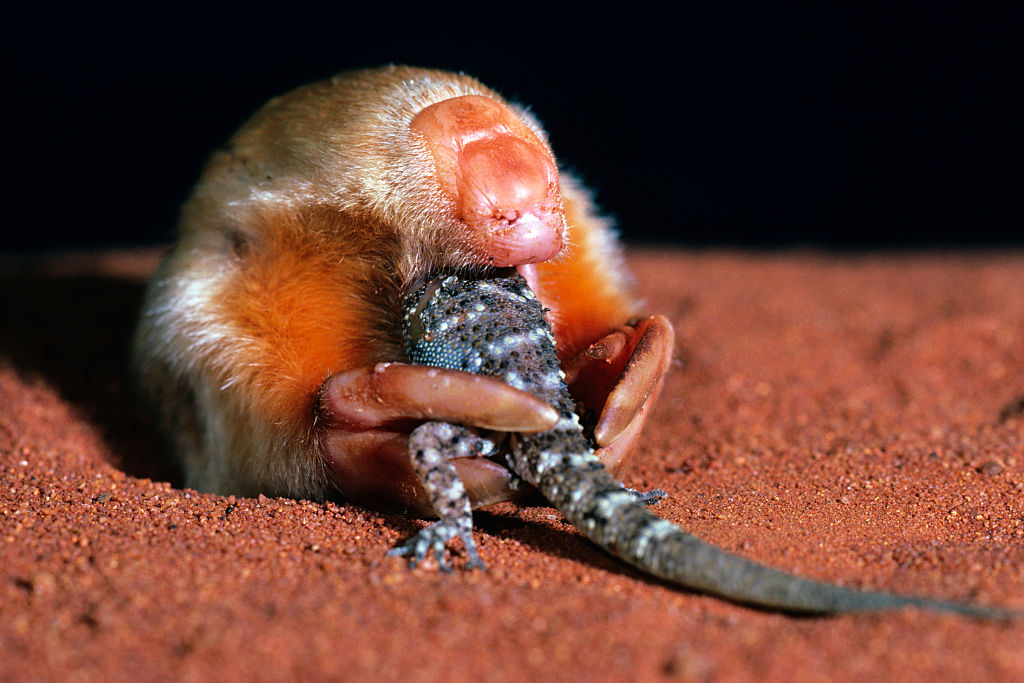
Meet Australia's unusual mole. Unlike its cousins from around the world, this small mammal has a life cycle that is closer to that of a kangaroo than a common mole. As a marsupial, fetuses are partly developed in the womb, before emerging into the mother's pouch to suckle milk until they have grown up enough to leave. However, there have been no recorded sightings of any marsupial mole pups in the wild, so it remains unclear how long they stay in their mother's pouch.
Little is known about marsupial moles, according to Animal Diversity Web. It is not known whether they create residential networks of tunnels or a permanent burrow, or whether they are solitary nomads. They are believed to continually burrow through sand, simultaneously filling in the tunnel behind them, Australia's Northern Territory government said in a fact sheet. They have evolved in such a way that enables them to survive on the small percentage of oxygen between the grains of sand.
Blue-tongued skink (Tiliqua scincoides)
Found roaming through tussock grass and forest leaf litter, at around 24 inches (60 cm) long, this lengthy lizard is famous for sticking out its blue tongue. Skinks use their brightly colored tongues to ward off predators, flattening their tongues and puffing out their bodies to appear larger and more threatening, the Australian Museum said.
The front of the tongue reflects ultraviolet (UV) light, according to San Diego Wildlife Alliance. This suggests that common predators of the skink, such as bird species that can see UV rays, will be dazed by a flash of UV and think twice about attacking them.
Dugong (Dugong dugon)
Often referred to as sea cows, these marine mammals spend most of their time hoovering up seagrass from shallow coastal waters. Unlike their manatee cousins, dugongs sport a dolphin-like tail and do not live in freshwater.
They can be found mostly in northern and western Australian waters. Dugongs can weigh up to about 800 pounds (360 kg), consuming up to 90 pounds (40 kg) of seagrass every day. These mammals are equipped with a rounded muscular lip, called a cleft, that rips up the seagrass from the seabed, according to Oceana.
Editor's Note: Updated at 12:51 p.m. EST on Jan. 18, 2022 to state that centipedes are arthropods, not insects.

Scott is a staff writer for How It Works magazine and has previously written for other science and knowledge outlets, including BBC Wildlife magazine, World of Animals magazine, Space.com and All About History magazine. Scott has a masters in science and environmental journalism and a bachelor's degree in conservation biology degree from the University of Lincoln in the U.K. During his academic and professional career, Scott has participated in several animal conservation projects, including English bird surveys, wolf monitoring in Germany and leopard tracking in South Africa.



